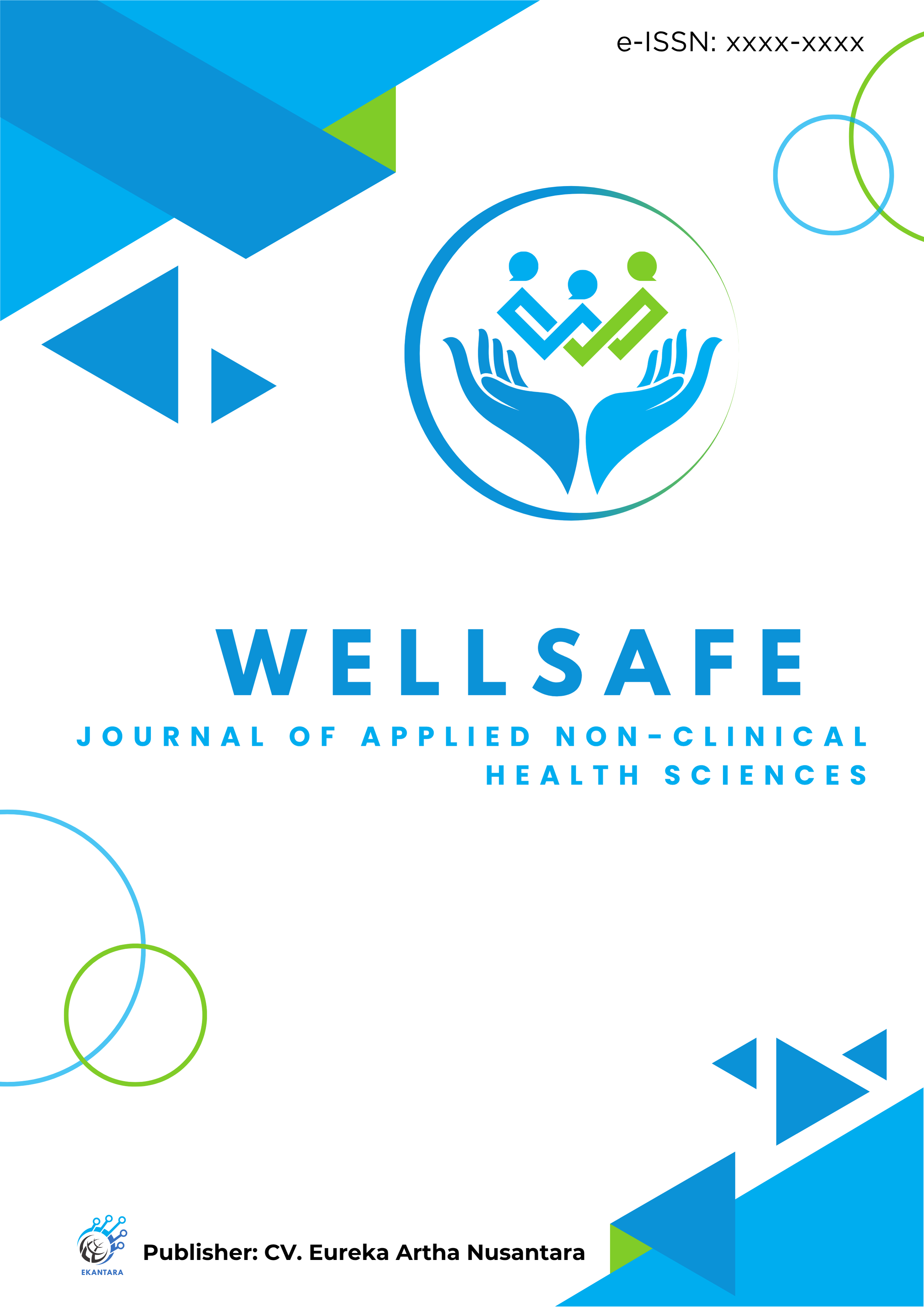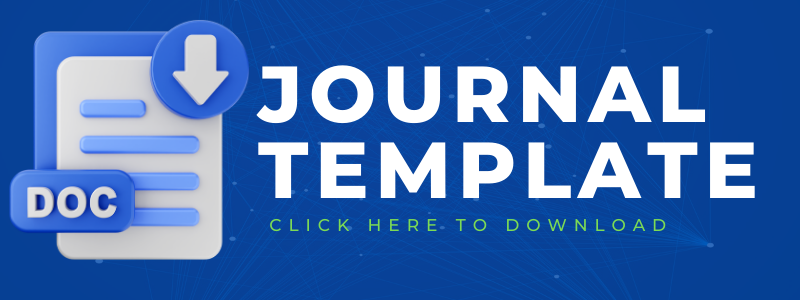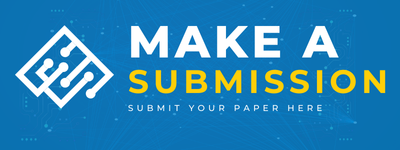Effectiveness of Occupational Health and Safety Education Programs in Improving Healthy Living Behaviors of Industrial Workers: Literature Review
Keywords:
Occupational Health and Safety, Education Programs, Industrial Workers, Healthy Living Behaviors, Workplace Health PromotionAbstract
Occupational health and safety (OHS) education is increasingly critical as industrial workers face multiple hazards affecting both safety and well-being. This narrative review synthesizes recent evidence on the effectiveness of OHS education in improving healthy living behaviors among industrial workers. Literature was searched in PubMed, ScienceDirect, SpringerLink, Google Scholar, and SINTA-indexed journals for studies published between 2020 and March 2025. A total of 23 eligible studies were included and analyzed across four domains: effectiveness, behavioral outcomes, enablers, and barriers. Overall, OHS education consistently enhanced workers’ knowledge, awareness, and compliance with safety practices, while promoting healthier behaviors including improved diet, greater physical activity, smoking cessation, stress management, and sleep quality. Short-term gains were common; however, sustainability depended on program quality, managerial reinforcement, and supportive organizational culture. International evidence demonstrated sustained outcomes when OHS education was integrated with workplace health promotion, leadership commitment, and policy support. In contrast, Indonesian studies highlighted contributions to Clean and Healthy Living Behavior but revealed gaps in longitudinal evaluation and organizational-level determinants. This review employed a narrative literature review design, including peer-reviewed journal articles retrieved from international and national repositories. Studies focusing solely on technical or engineering aspects of occupational safety without behavioral outcomes were excluded. Findings indicate that OHS education is an effective pathway to integrate accident prevention with health promotion, provided it is theory-driven, contextually adapted, and reinforced institutionally. Future programs should incorporate continuous managerial involvement, policy integration, cost-effectiveness evaluation, and innovative delivery methods—such as digital and co-created approaches—to ensure long-term impact.






